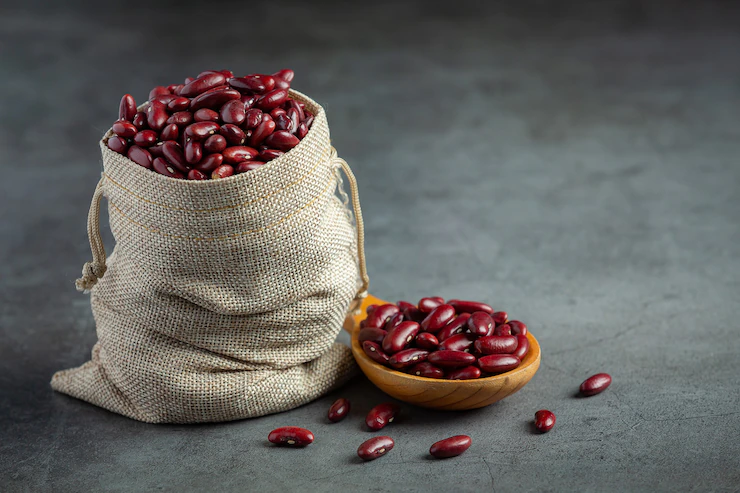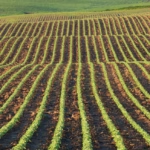Sugar beans, also known as dry beans, are a staple crop in many households due to their nutritional value and versatility in various dishes. If you’re considering growing sugar beans in South Africa, whether for personal consumption or commercial purposes, here are ten important things you should know:
- Climate and Region: Sugar beans thrive in warm climates with moderate temperatures. They require a growing season of approximately 90 to 120 days and prefer temperatures between 20°C and 25°C. In South Africa, sugar beans are successfully grown in regions such as Limpopo, Mpumalanga, KwaZulu-Natal, and parts of the Eastern Cape.
- Variety Selection: There are various sugar bean varieties available, including red, white, and speckled beans. Consider factors such as market demand, disease resistance, and growth habit when selecting sugar bean varieties. Popular varieties grown in South Africa include small sugar, medium sugar, and large sugar beans.
- Soil Requirements: Sugar beans prefer well-drained soil with good fertility. Conduct a soil test to assess the pH level and nutrient content of your soil. Sugar beans generally prefer a slightly acidic to neutral pH range of 6.0 to 7.0. Amend the soil with organic matter and appropriate fertilizers based on the soil test results to ensure optimal nutrient availability.
- Land Preparation: Clear the land of weeds, rocks, and debris before planting sugar beans. Prepare the soil by tilling and incorporating organic matter to improve its structure and drainage. Avoid excessive soil compaction, as it can hinder root development.
- Planting Time: Sugar beans are typically planted in the spring when the soil temperature reaches around 15°C. In South Africa, this usually occurs between September and October. Planting during the optimal time ensures that the beans have sufficient time to mature before the onset of unfavorable weather conditions.
- Planting Depth and Spacing: Plant sugar beans at a depth of approximately 3 to 5 centimeters. Provide adequate spacing between plants, usually around 10 to 15 centimeters apart in rows that are 60 to 90 centimeters apart. Follow the recommended spacing guidelines for the specific sugar bean variety you’re growing.
- Irrigation: Sugar beans require consistent soil moisture for healthy growth and pod development. Implement an irrigation system to provide regular and sufficient water supply. Monitor soil moisture levels and adjust irrigation accordingly to maintain optimal soil moisture. Be cautious not to overwater, as it can lead to waterlogged conditions and promote disease development.
- Fertilization: Sugar beans benefit from balanced fertilization to ensure healthy growth and optimal yield. Conduct a soil analysis and consult with agricultural experts to determine the appropriate fertilization regimen. Apply fertilizers rich in phosphorus and potassium, along with other necessary nutrients, based on the sugar bean’s nutrient requirements and specific soil conditions.
- Pest and Disease Management: Sugar beans can be susceptible to pests such as aphids, bean flies, and diseases like anthracnose and rust. Implement integrated pest and disease management strategies, including regular monitoring, cultural practices, and the use of appropriate pesticides or biological controls when necessary. Practice crop rotation and maintain good field hygiene to minimize disease pressure.
- Harvesting and Storage: Sugar beans are ready for harvest when the pods have dried on the plant. The beans inside should be hard and dry. Harvest the entire plant, including the pods, and allow them to dry further in a well-ventilated area. Once completely dry, thresh the beans to remove them from the pods and store them in a cool, dry place in airtight containers to maintain their quality.
By considering these ten crucial factors before growing sugar beans in South Africa, you’ll be better prepared to cultivate a successful crop. Stay updated on local research, industry best practices, and consult with local agricultural experts for tailored advice. With proper care and attention, you can enjoy a bountiful harvest of nutritious sugar beans.







